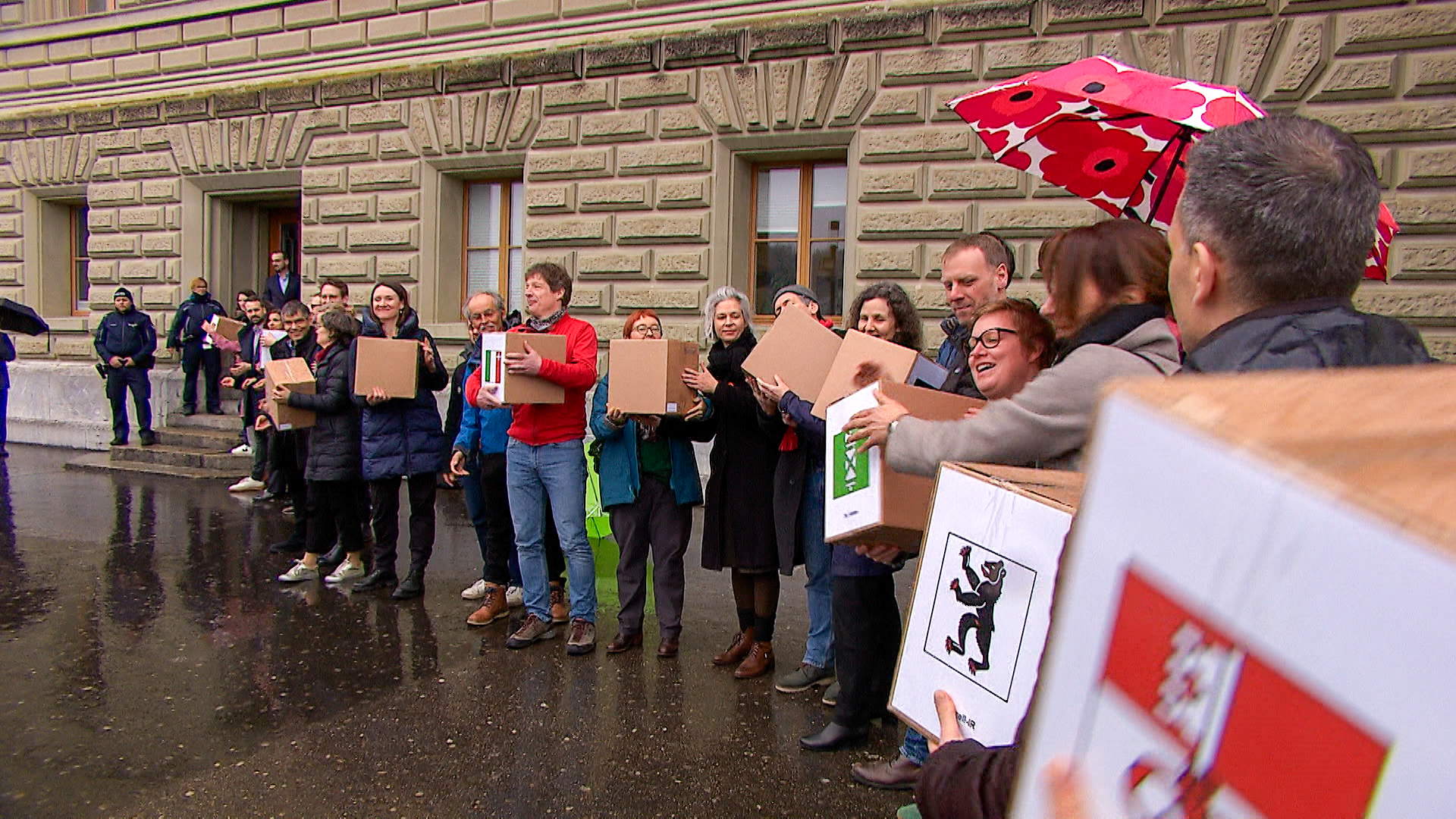
Swiss tech to feed into planetary observation efforts in Chile

A new Swiss instrument has been installed as part of the European Southern Observatory telescope in Chile. Among other things, it will help to search for traces of life on distant planets.
The new instrument is a so-called laser frequency comb, which was developed by the Swiss Centre for Electronics and Microtechnology (CSEM), the organisation said on Tuesday.
The comb generates light with an exceptionally stable frequency spectrum characterised by evenly distributed lines. It serves as an optical scale, which allows the speed at which a star is travelling towards or away from the Earth to be determined more precisely, the CSEM said.
+ Read more about Switzerland’s outsized role in space exploration
The instrument is part of the Near-Infrared Planet Searcher (NIRPS), which is jointly led by the department of astronomy at the University of Geneva and the University of Montreal in Canada.
According to the CSEM, the new technology will allow for a calibration of NIRPS to an unprecedented level of accuracy and precision, and could help to unlock the secrets of distant planets – including the search for traces of extra-terrestrial life.
‘New era’
From the speed at which a star moves, the researchers can ultimately tell whether it is orbited by planets. This is because when a planet orbits a star, its gravity causes the parent star to move back and forth or “wobble”. The more precise these measurements are, the more the researchers can find out about the mass of the planets.
The NIRPS consortium expects this device to provide a decisive impetus for unravelling the secrets of the universe, the CSEM wrote, adding that it “will allow NIRPS to better determine the behaviour and properties of Earth-like exoplanets, heralding a new era of discovery and exploration”.
This news story has been written and carefully fact-checked by an external editorial team. At SWI swissinfo.ch we select the most relevant news for an international audience and use automatic translation tools such as DeepL to translate it into English. Providing you with automatically translated news gives us the time to write more in-depth articles. You can find them here.
If you want to know more about how we work, have a look here, and if you have feedback on this news story please write to english@swissinfo.ch.

In compliance with the JTI standards
More: SWI swissinfo.ch certified by the Journalism Trust Initiative
















![The four-metre-long painting "Sonntag der Bergbauern" [Sunday of the Mountain Farmers, 1923-24/26] had to be removed by a crane from the German Chancellery in Berlin for the exhibition in Bern.](https://www.swissinfo.ch/content/wp-content/uploads/sites/13/2025/12/01_Pressebild_KirchnerxKirchner.jpg?ver=855f1d9f)













You can find an overview of ongoing debates with our journalists here . Please join us!
If you want to start a conversation about a topic raised in this article or want to report factual errors, email us at english@swissinfo.ch.